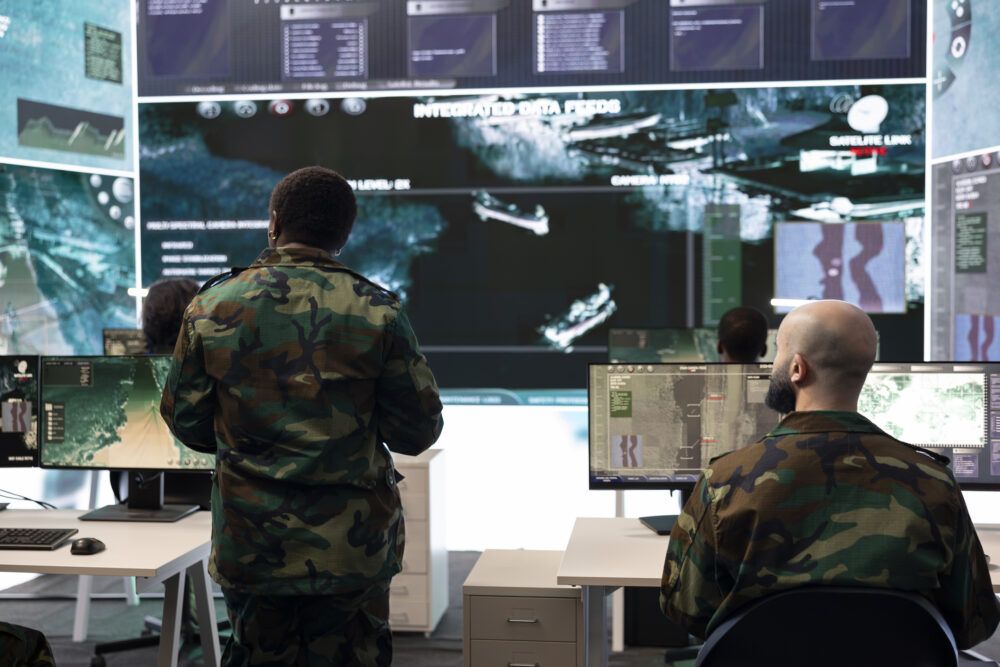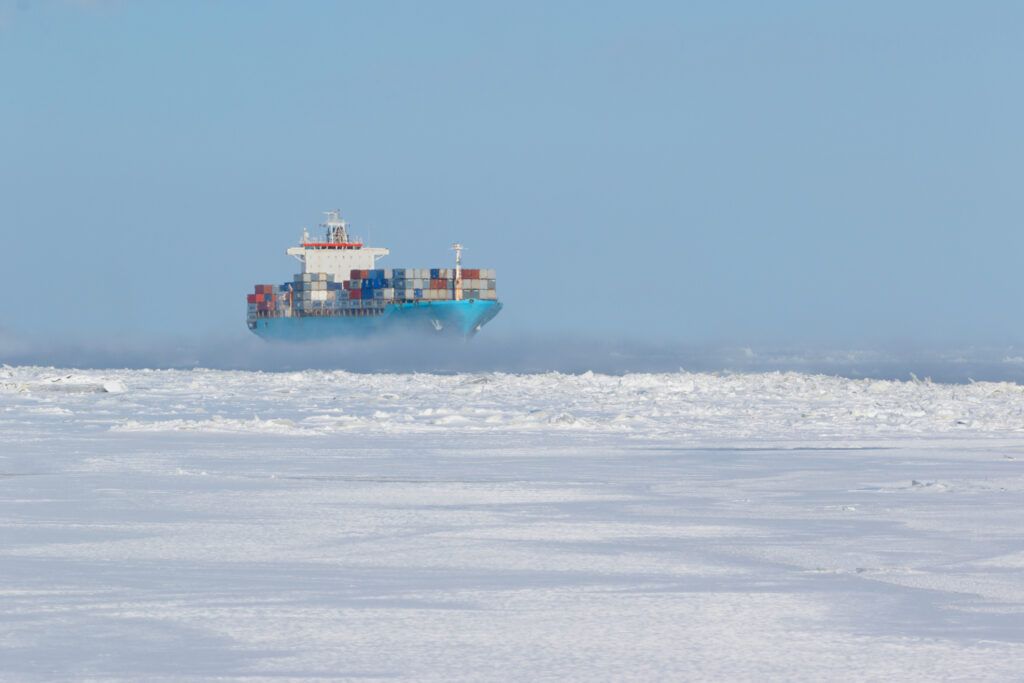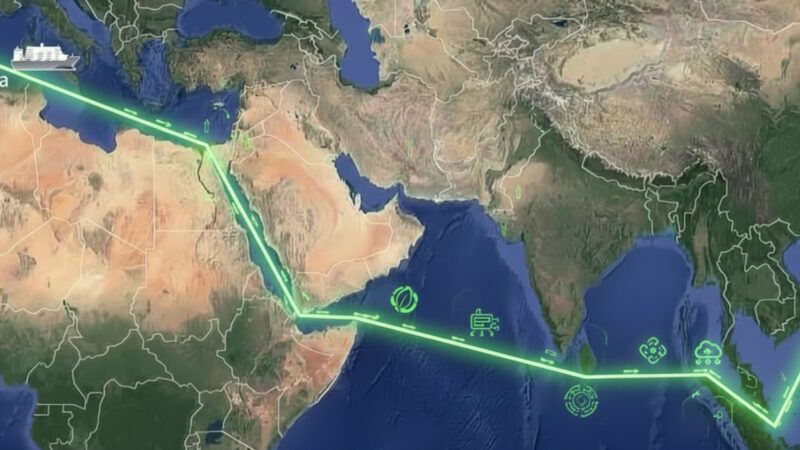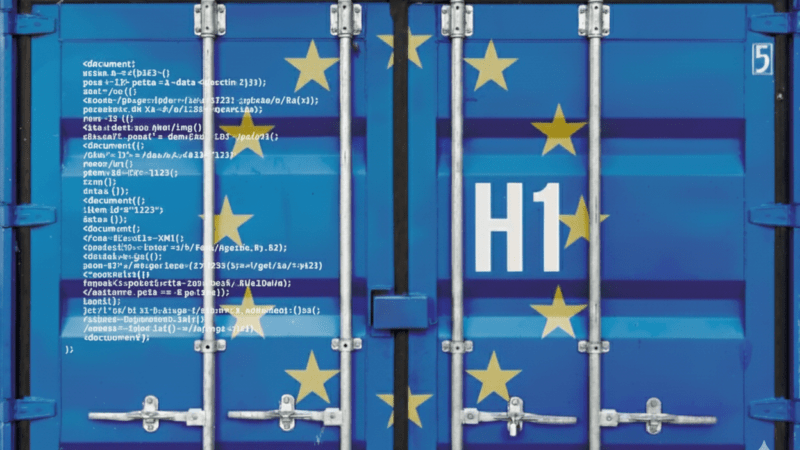
Maritime trade at the crossroads: the future of the supply chain
From the battlefields in Gaza and the Ukraine to the trade war and tariffs on Chinese goods. The last few years have shown once again how closely geopolitics, international trade and shipping are intertwined.

Jordi Torrent is the Strategy Manager at Port de Barcelona.

Since we emerged from the Covid-19 pandemic, disruptions in shipping-supported supply chains have accelerated the adoption of protectionist policies in the US and the EU, with the aim of reducing dependence on Asian manufacturing and regaining industrial production. The recent imposition of tariffs of up to 100% on Chinese vehicle imports into the US is just one example of this.
These disruptions (longer transit times, exaggerated fluctuations in ocean freight rates, elimination of stopovers and reduced reliability) have pushed many companies to change suppliers and production sites.
Countries such as Vietnam, Korea, India, Mexico, Hungary, Indonesia, Turkey and Morocco are some of the major beneficiaries of these changes. In highly strategic sectors such as microchips, the USA and the EU, led by Germany, have accelerated plans to develop production plants on their own soil.
In other less strategic sectors, some Western companies (few as yet) are recovering industrial production on European and American soil. China and other countries have responded to Western tariffs with similar measures, although, for the moment, not as aggressive. The Asian giant is now considering, for example, the imposition of tariffs on EU dairy and pork products.
The latest disruptions in maritime traffic (longer transit times, exaggerated fluctuations in ocean freight rates, elimination of stopovers and reduced reliability) have pushed many companies to change suppliers and production sites.
On the other hand, the conflicts in Ukraine and, above all, in Gaza, have completely disrupted maritime navigation in the northern hemisphere, especially between Asia and Europe (not to mention the problems of the Panama Canal as a result of persistent drought).
The vast majority of the container, car carrier and, to a lesser extent, bulk fleet have been using the Cape of Good Hope route for more than eight months now instead of the shorter Red Sea route, to connect Europe and Asia, and thus avoid the Houthi attacks on merchant shipping in the Red Sea in solidarity with the attacks on the Palestinians in Gaza.
On the other side of the planet, taking advantage of the intensification of climate change, Russia and China are strengthening collaboration and increasing investment in ports, ships, cartography and security systems with the aim of turning the Arctic Route into a navigable waterway for a few months of the year similar to those of the rest of the world's oceans.
This September, a container ship with a capacity of almost 5,000 TEU travelled the Northeast route, the largest ever to do so. It is no longer only tankers and bulk carriers that sail the once glacial Arctic waters. They are now, albeit still in embryonic form, container ships carrying consumer goods of all kinds.

Where is the globalized world heading?
The coming months will be key in determining where this globalized world, which at the beginning of the century seemed to be heading towards ever more intense integration, is headed. China's entry into the WTO in 2001 implied that more than 90% of humanity accepted the same rules of international economic relations based on a collective will to move towards ever-greater liberalization of international trade.
At the time, no one doubted that the best way to reduce poverty in the world was to promote global trade. Today, Europe and the United States no longer seem so convinced of this, or simply have other priorities.
Maritime transport was one of the main factors that made this dream come true, thanks to its extremely high reliability, the extraordinary growth of its dimensions and the containment and reduction of the cost of maritime transport to the point of making it almost insignificant for many sectors.
Since China's entry into the WTO in 2001 alone, the size of container ships has increased almost threefold. From ships with a capacity of 9,000 TEU to today's 24,000+ TEU vessels. The increase in size had kept shipping costs low until, almost five years ago, a seemingly endless chain of disruptions broke out.
This was also when the well-known reliability of shipping, especially containerized shipping, began to decline significantly.
The world, two decades later, is at an unforeseen crossroads and the next few months will be decisive to see where globalization, international trade and thus shipping are headed.
With China's entry into the WTO in 2001, the size of container ships increased almost threefold. From 9,000 TEU capacity ships to today's 24,000+ TEU capacity ships. This kept shipping costs low, until 2020, when the chain of disruptions that seems endless today began.
Harris, Trump and tariffs
The US elections in early November do not seem likely to change the scenario too much. The two candidates, Kamala Harris and Donald Trump, seem determined to continue on the path initiated during Trump's first term of imposing tariffs on third country production, especially China. However, should the latter win, he will probably be more aggressive in some measures and, most certainly, in the rhetoric that accompanies them.
The evolution of the conflicts in the Middle East and Ukraine, whatever happens in the coming months or years (worsening, escalation, ceasefire or armistice), does not seem likely to alter the path towards a certain fragmentation of globalization.
The maritime industry faces a major challenge if it does not want to continue contributing to the fragmentation of globalization we are witnessing and kill the goose that laid the golden eggs that has fueled its growth and made it one of the pillars of the world economy.
It should contribute as far as possible to maintaining sustainable levels of reliability, prices and healthy competition and help international supply chains regain the competitiveness that characterized them from the late 1980s until the end of the Covid-19 pandemic.

The winners of the decoupling between the West and China
However, the issue of the fragmentation of globalization must be given its due weight. This is still very embryonic and the port statistics of the world's major ports indicate this.
If we look at the origin and destination of the main volumes of international trade and maritime traffic (especially containers) they handle, intra-Asian and Asian (especially China) exchanges with the USA and the EU are still the predominant ones.
If we look at other maritime traffic segments such as cars, Asian dominance is also beginning to be overwhelming after the incorporation of Chinese brands into the foreign sector, trailing behind Japanese and Korean brands and leading the electric segment.
As we pointed out at the beginning, so far, the major beneficiaries of the timid decoupling between Western economies and China are Southeast Asian countries (Vietnam, India, Thailand, Myanmar, Indonesia), Korea, Turkey, Morocco and Mexico, to name a few.
The major beneficiaries of the timid decoupling between the Western economies and China are Southeast Asian countries (Vietnam, India, Thailand, Myanmar, Indonesia), Korea, Turkey, Morocco and Mexico.
Energy and fossil fuels
In the bulk sector, the war in Ukraine and Western sanctions on Russia have further elevated the leadership of the Gulf monarchies (also in Asia) as essential suppliers of oil and natural gas to the West and Far Eastern economies.
Countries such as Saudi Arabia, Qatar and the United Arab Emirates have seen profits from the extraction and export of fossil fuels grow extraordinarily in recent years.
The U.S., unlike the EU, is more or less self-sufficient in energy, in part thanks to the extraction of fossil fuels through fracking. In fact, for the first time in 2019, the U.S. produced more energy than it consumed.
Russia, for its part, nevertheless remains one of the main suppliers not only to the Asian giants, but also to some European countries.

European leadership in maritime traffic
Thus, the goal that the US and the EU seem to be pursuing of regaining substantial economic and, above all, manufacturing sovereignty still seems a long way off, more so in the case of Europe than in the US, which has managed to retain technological leadership in many sectors.
In order for the EU to be able to compete globally and recover part of its former industrial leadership, starting from a technological backwardness and a high external energy dependence, it must completely change course as the recently published Draghi report rightly pointed out (more European budgetary and fiscal integration, substantial increase in productivity, better compatibility of decarbonization and reindustrialization objectives, etc.).
Maritime transport, especially by container, surprisingly (in view of the direction globalization has taken in recent decades) still dominated by European parent companies, with four shipping companies in the top 5 (MSC, Maersk, CMA-CGM and Hapag-Lloyd), could be a good ally on this path.





